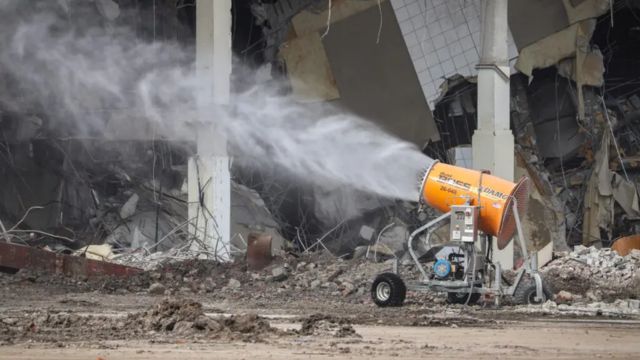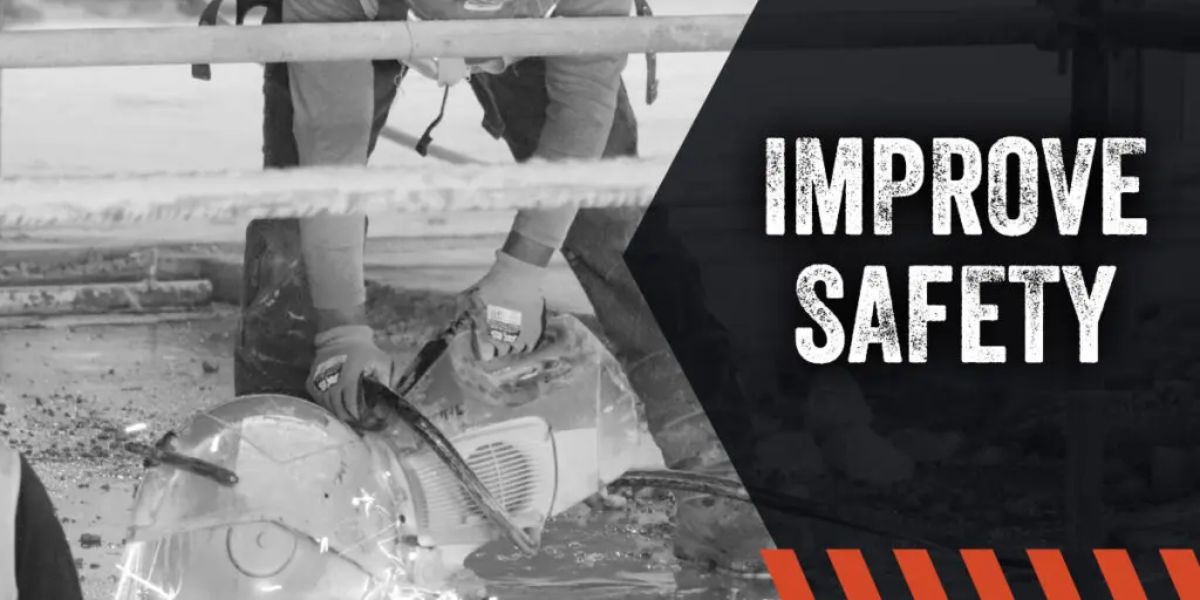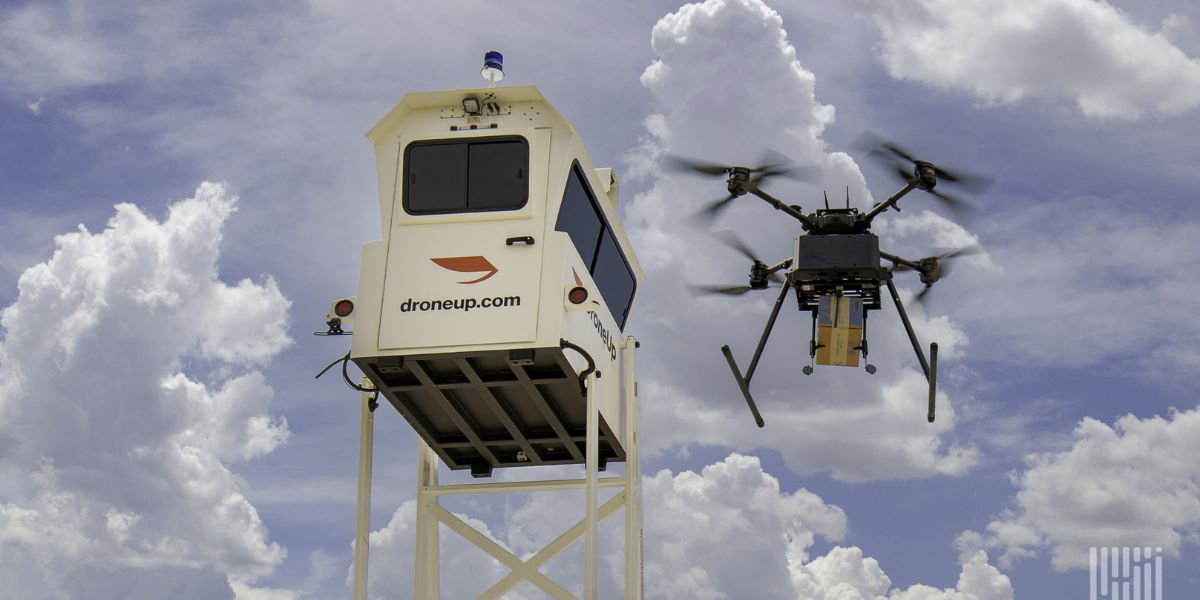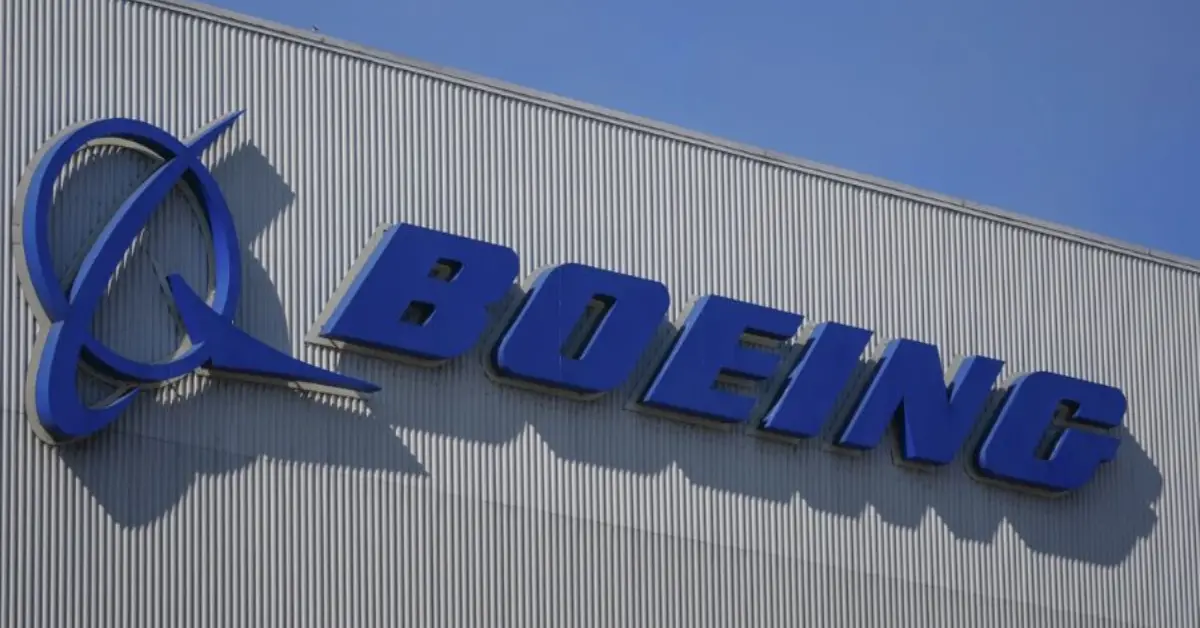In Hidalgo County, New Mexico, (MJP) –
There may soon be changes to the management of dust storms along a section of route close to the Arizona–New Mexico border.
“This began in 2014 when there was a seven-fatality crash event that occurred down there,” stated Trent Botkin, the Natural Resources Manager at the Environmental Bureau for the New Mexico Department of Transportation (NMDOT).
Southwest New Mexico experiences dust storms regularly, and NMDOT and other organizations are currently working to mitigate these storms, which can be fatal.
The Lordsburg Playa, a parched lakebed adjacent to Interstate 10 about ten miles east of the Arizona border, is the source of the dust.

Cattle ranchers lease the majority of that land from the State Land Office and the Bureau of Land Management. Unfortunately, the local flora has taken a beating due to grazing and other land uses.
Watershed impacts from ranching, utilities, off-road vehicle use, and other uses were exacerbating the problem, according to Botkin.
California’s New Law Targets Rapid Cleanup of Unused Oil Wells
At least forty persons have lost their lives in crashes on I-10 caused by dust since 1965. More than 40 times since 2012, the dust has also closed the interstate. “Which disrupts international trade and transport and also puts a lot of damage on our smaller roads which are not designed to carry interstate traffic,” Botkin lamented.
Adding fences, limiting grazing to part of the playa, and altering part of the soil are all things the state has been doing to assist.
After years of seeding native seeds over hundreds of acres with a huge steel roller, teams have reported success with the project.
Arizona, along with other portions of southern New Mexico and the rest of the globe, has used it. According to Botkin, the regeneration results have been promising thus far.
The New Mexico Department of Transportation has invested about $3.5 million in the project since 2016.




